One of the greatest opera houses in the world was the court theater of the rulers of Bavaria and it has a history that goes back to the 18th century.
This remarkable feat of Rococo architecture has all the elements that define this extravagant style, and it looks pretty amazing indeed.
Let’s take a closer look at some of the interesting facts about the Cuvilliés Theatre, one of the most stunning buildings in Munich.
1. It’s part of the former Royal Palace of the Bavarian monarchs in central Munich
The Cuvilliés Theatre is the fantastic former court theatre of the House of Wittelsbach rulers of Bavaria, a region in the utmost southern part of Germany.
It’s situated in a wing of the immense former royal palace known as the “Residenz,” one of the greatest palaces in the world located in the heart of Munich.
10 courtyards and over 130 rooms divided among 3 different sections make up the largest city palace in Germany. The theater is located in the Festsaalbau of this huge complex.
This theater is not to be confused with the newly constructed Residenz Theatre and the nearby National Theatre Munich. The latter is the third version and was completed in the 1960s (the green-roofed building at the bottom of the image below).
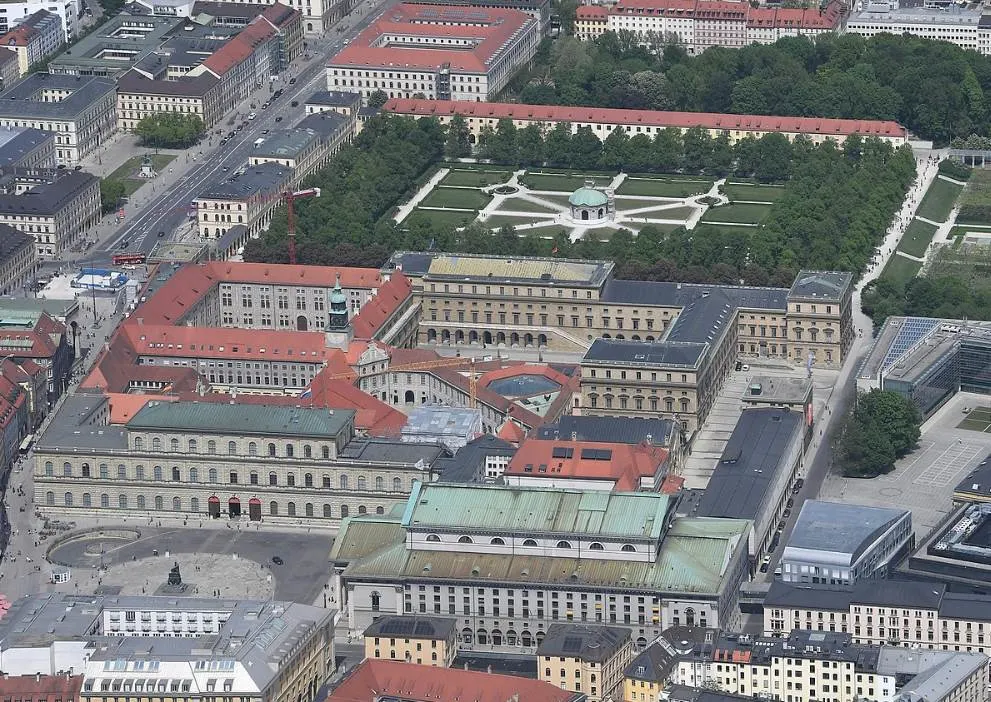
2. It replaced an older theater venue that was destroyed by fire
Originally known as the Residenz Theatre, this magnificent theatre venue was constructed between 1751 and 1753.
This was the height of the Rococo era, a period in which frivolity and extravagance played a major role in the design of buildings.

It was commissioned by the Elector of Bavaria Maximilian III Joseph (1727-1777) and replaced the older theater venue at the palace known as St. George’s Hall.
This was a grand room inside the Residenz used as a theater venue that was destroyed by fire shortly before.
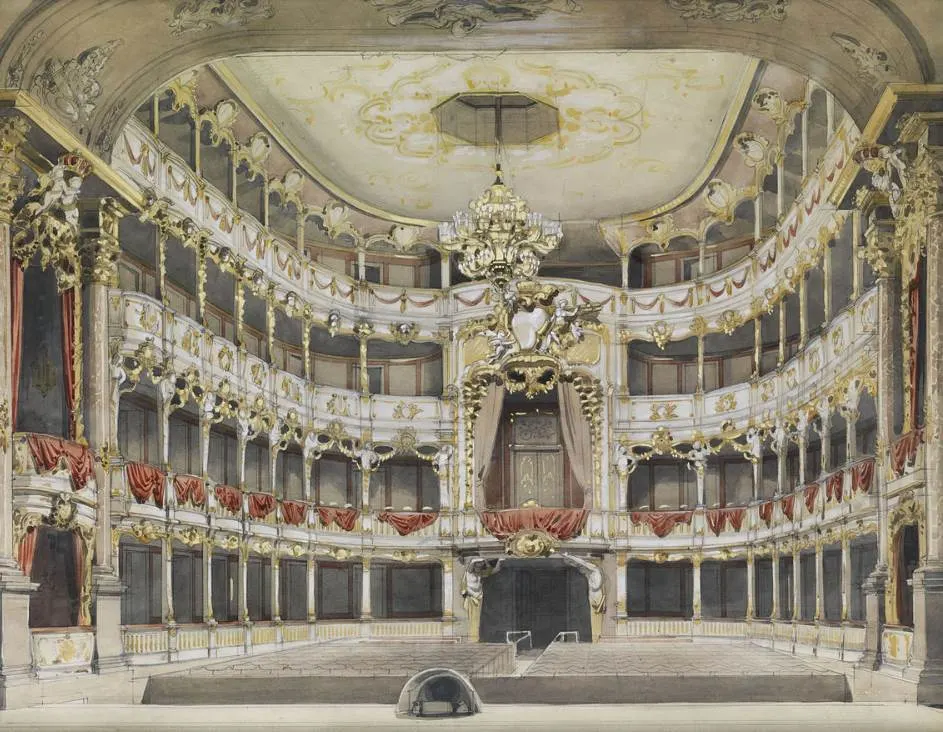
3. The theater was named after the architect who designed it
The building was designed by François de Cuvilliés (1696-1768), one of the most renowned Rococo architects of the 18th century.
He was born in Soignies, a town in the Wallonia region of modern-day Belgium, but spent most of his professional career in Germany.
The Belgian-born architect made a great name for himself because he designed several other structures for the Bavarian rulers as well.
Some of these included Amalienburg with its incredible Hall of Mirrors, Holnstein Palace, and the decoration of various new spaces inside the Residenz.

4. The most notable feature of the theater is the Electoral loge which faces the stage
The Bavarian rulers aimed to impress just like the members of the French court at the time. This means that the most amazing feature inside the theater is the royal box where they were seated.
This incredible box is situated opposite the theater’s stage and covers a space on the second and third tier of the 4-floor venue.
The entire structure appears to be supported by two sculptures depicting Atlas. A type of female sculpture known as caryatids supports the upper level.
The highly ornamental carvings full of curves are typical Rococo elements and can be found all around the interior of the building.
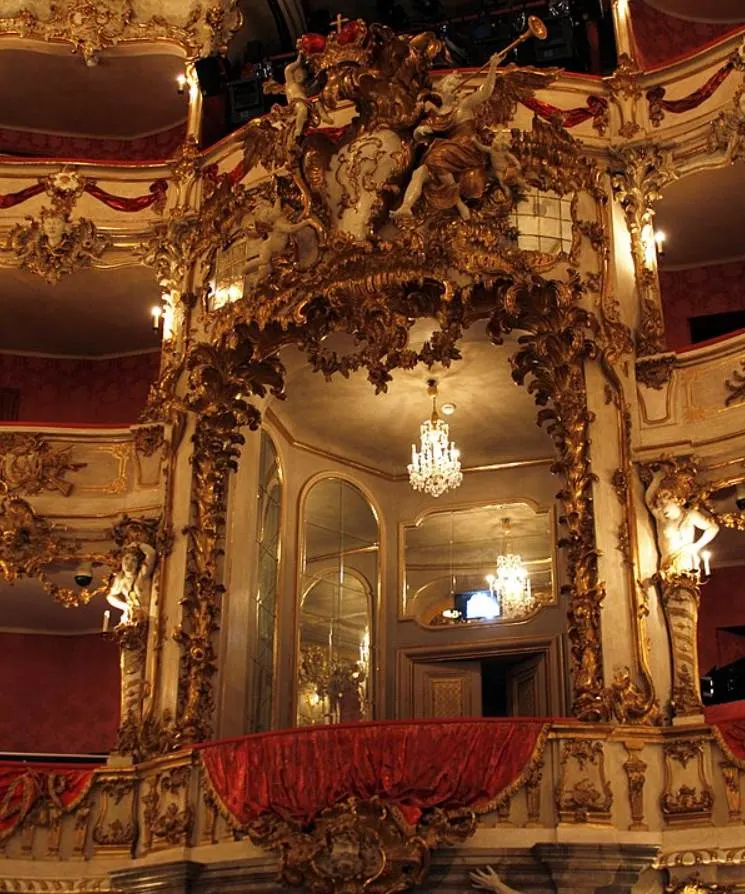
The royal box is the centerpiece of the interior. 4 levels of 14 additional boxes on each level are situated in a horseshoe design around the ground floor of the theater.
Upon closer inspection, you’ll notice that the boxes of the second and third tiers feature substantially more decorative elements than the upper and ground level.
This is intentional because it reflects the social status of the people who were allowed to sit in these sections. This very much resembles how society worked in ancient Rome.
While the ground floor and upper level were for common people, the second and third tiers were reserved for members of the upper class and aristocracy.
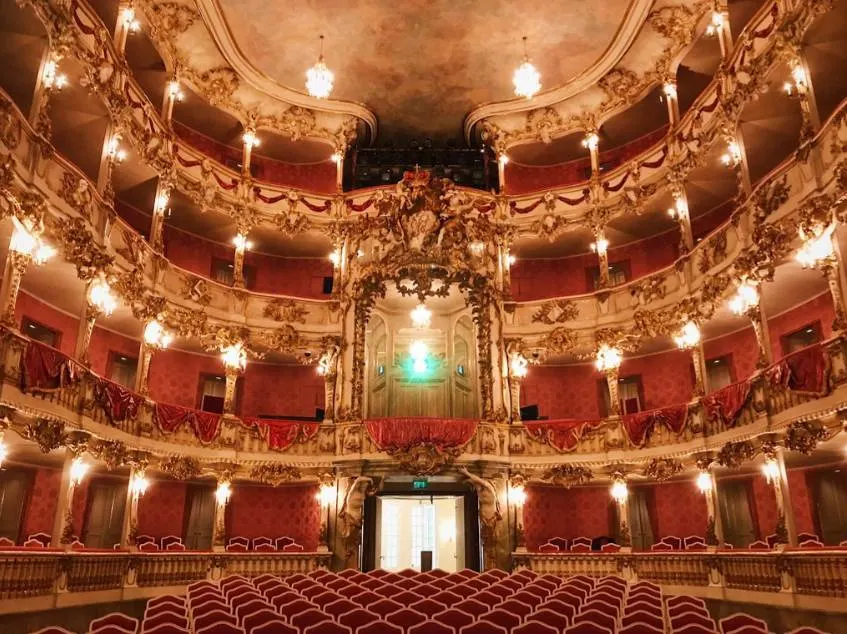
6. The exterior of the building looks pretty bleak compared to the interior
The interior of the Cuvilliés Theatre is covered in red and gold and full of curvy decorations and sculptural designs.
If you expect the exterior of the building to look the same, then this will be a great disappointment because it’s located inside a wing of the Residenz which has a pretty simple design.

7. The decorations are original but the theater was rebuilt following World War II
There’s a reason why the exterior looks so common compared to the interior, and that’s because the original theater was completely destroyed during World War II, along with many other parts of the palace.
The interior decorations, however, were removed before the bombs started falling which means these are authentic 18th-century elements.
It only served as a court theater initially and was too small so it was replaced for public performances by the huge National Theatre Munich in 1811.
The first version of this Neoclassical building was destroyed by fire in 1818 but rebuilt in 1825. The second version was destroyed during World War II and rebuilt to its original design in 1963.
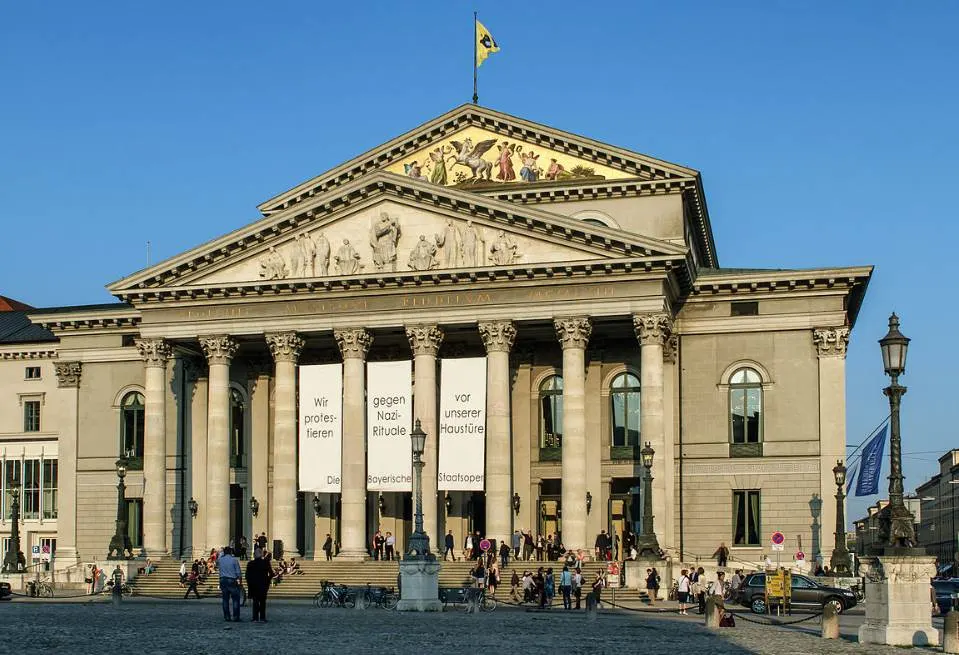
8. The venue was renovated in the early 21st century and still hosts performances today
The first performance at the theater was held on October 13, 1753, and was an opera by Ferrandini titled “Catone in Utica.”
The first public performances including operas and theater performances were held in 1795 and this continued throughout the 19th century.
Because a new version of the old Residenz Theater was constructed in its original location, this recreated version of the old venue was renamed “Cuvilliés Theatre” in 1958.
The venue with the original 18th-century decorations was completely renovated once again between 2004 and 2008 and remains one of the most enthralling theater venues in the world today.

